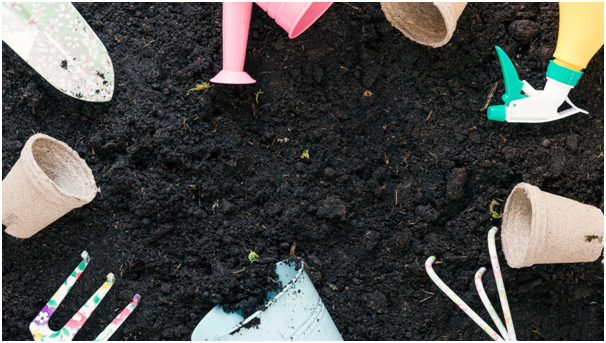Landscaping enthusiasts and homeowners alike often turn to black mulch to enhance the aesthetics of their gardens and curb appeal of their homes. While black mulch can provide numerous benefits, such as weed suppression, moisture retention, and temperature regulation, there are common mistakes that can compromise its effectiveness. In this blog post, we'll explore some of these pitfalls to ensure that your landscaping endeavors with black mulch are a success.
- Neglecting Soil Preparation
One of the most common mistakes is neglecting proper soil preparation before applying black mulch. Mulch is not a substitute for good soil health. It's crucial to address issues like compaction, poor drainage, and nutrient deficiencies before laying down black mulch. Aerating the soil and incorporating organic matter can significantly improve its structure, promoting better plant growth and maximizing the benefits of the mulch.
- Overmulching
While a layer of black mulch can be beneficial, overmulching is a mistake that can have detrimental effects on your plants. Applying a thick layer can lead to problems such as restricted oxygen flow to plant roots, excess moisture retention, and root rot. Aim for a mulch layer of 2-4 inches to strike a balance between weed suppression, moisture regulation, and allowing proper airflow to the soil.
- Ignoring Mulch Quality
Not all black mulches are created equal. Choosing low-quality mulch may result in issues like weed growth, nutrient deficiencies, and an unappealing appearance. Opt for high-quality, organic mulches that break down over time, contributing to soil fertility. Additionally, ensure the mulch is free from contaminants, as some cheap options may contain recycled materials that can harm your plants.
- Forgetting to Pull Weeds Before Mulching
Mulch serves as a barrier against weed growth, but it's not a magic solution. Neglecting to pull weeds before applying black mulch can lead to unsightly and persistent weed problems. Take the time to remove existing weeds and apply a pre-emergent herbicide if necessary. This proactive approach will help keep your garden free from invasive plants and enhance the effectiveness of the mulch.
- Applying Mulch Too Close to Plant Stems
Improper mulch placement is another common mistake. Mulch piled up against the stems of plants can create a favorable environment for pests and diseases, leading to plant stress and damage. Leave a gap around the base of plants to prevent direct contact between the mulch and stems. This practice promotes air circulation and reduces the risk of fungal diseases.
- Overlooking Mulch Maintenance
Mulch requires periodic maintenance to remain effective and visually appealing. Failing to replenish mulch as it breaks down or becomes displaced can diminish its benefits. Regularly inspect and refresh the mulch layer to ensure it stays at the recommended thickness. This simple task will help maintain weed suppression, moisture retention, and temperature regulation over time.
Black mulch can be a valuable asset in your landscaping toolkit when used correctly. By avoiding common mistakes such as neglecting soil preparation, overmulching, ignoring mulch quality, forgetting to pull weeds, improper mulch placement, and overlooking maintenance, you can make the most of the benefits black mulch offers. With a thoughtful approach, your garden can thrive, showcasing the beauty and functionality that well-applied black mulch can bring to your outdoor space.

